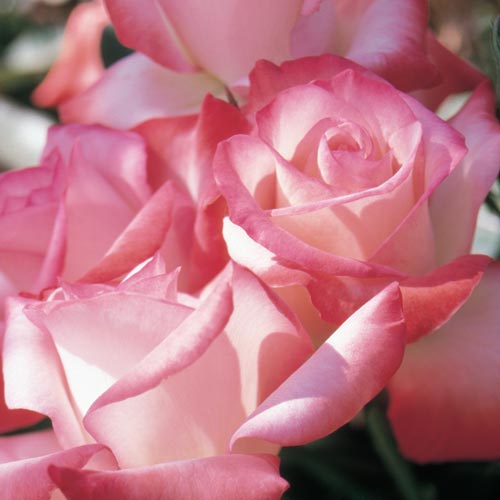FWP:
SETS
SOUND EFFECTS: {26,7}
SPRINGTIME: {13,2}
The verse seems to pivot around the multiple meanings of ʿāriẓ (see the definition above). Perhaps when the lover saw the 'cheek/face' of the rose, the radiant face of the beloved came to mind. Or perhaps when he saw the rose 'appear' and show itself, then the beloved's appearance/aspect came to mind. Or perhaps he even saw the rose as a 'general' reviewing the troops of springtime, so that the imperious and imperial aspect of the beloved came to mind (compare {27,8}).
Needless to say in this kind of verse, the second line with its multi-purpose (physical and metaphorical) words joshish and ishtiyāq , and its noncommittal grammar (which doesn't connect itself in any one specific way to lover, beloved, or rose), is broad and versatile enough to allow for all these readings, with room to spare.
There are also some nice energetic sound effects: yār yād āyā in the first line, echoed by ishtiyāq in the second line.

Nazm:
To see dekh on an occasion for dekh kar is proper in poetry, but the poet's weakness can be perceived. (224)
== Nazm page 224